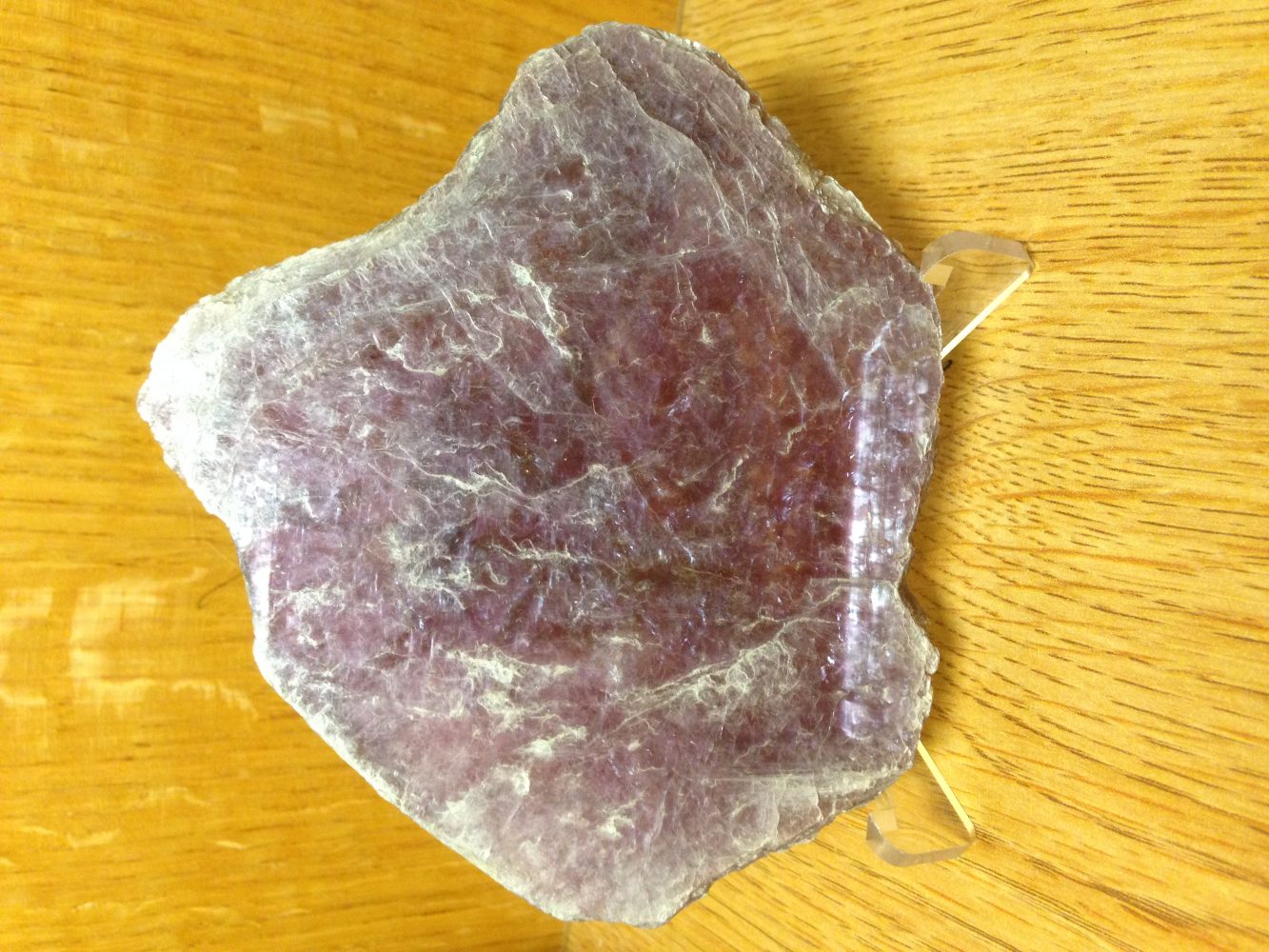The word “mica” is a common geologic term used to describe minerals that appear flakey. Mica is not one mineral; rather, it is the name given to a group of minerals that have very similar properties but differ slightly in chemical composition. The members of the mica group are all sheet silicate minerals that have low hardness (2.5-3.0 on the Mohs hardness scale) and have perfect cleavage in one direction. Cleavage is the tendency of a mineral to break along a flat plane when struck. Mica minerals can be easily broken along their cleavage plane, so they can be picked apart into thin, flexible sheets. Mica minerals often form pseudohexagonal crystals, which mean they exhibit a six-sided crystal habit without having a hexagonal crystal system (micas are monoclinic). The two most common members of the mica group are muscovite and biotite. Muscovite is a light-colored mica, and biotite describes a group of black to dark brown mica minerals. These are very important rock-forming minerals and can be found in igneous, metamorphic and sedimentary environments.
Lepidolite is a more uncommon mica mineral that has a unique lavender color. It is a lithium rich member of the mica group, which makes it economically important as an ore of lithium, and is also be used in glass manufacturing. It is found in granite pegmatites and is commonly associated with other lithium bearing minerals such as spodumene, tourmaline and amblygonite. Lepidolite can have significant amounts of the element rubidium present, which allow scientists to use strontium-rubidium dating techniques to determine the age of the rocks older than 10 million years old.
Come see our lepidolite and other mica minerals at the Dice Mineralogical Museum open Wednesdays, Thursdays and Fridays from 12:30 p.m. to 4 p.m.









